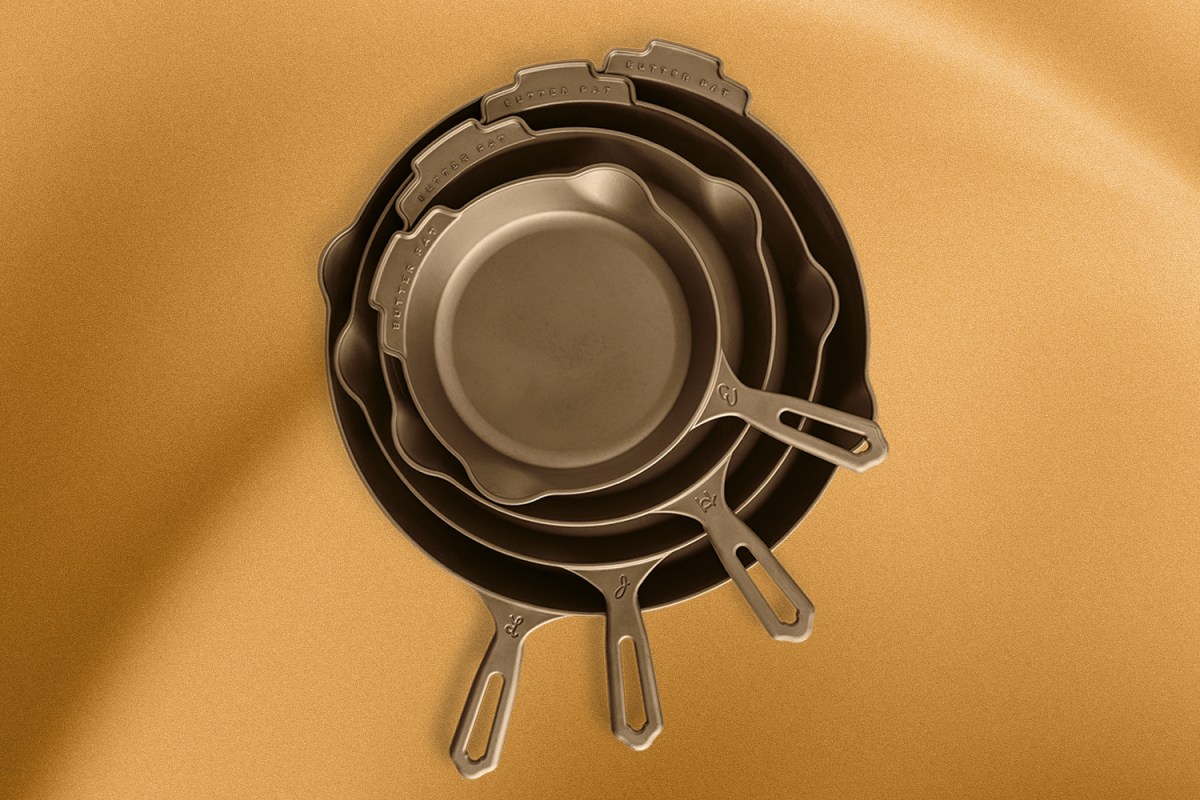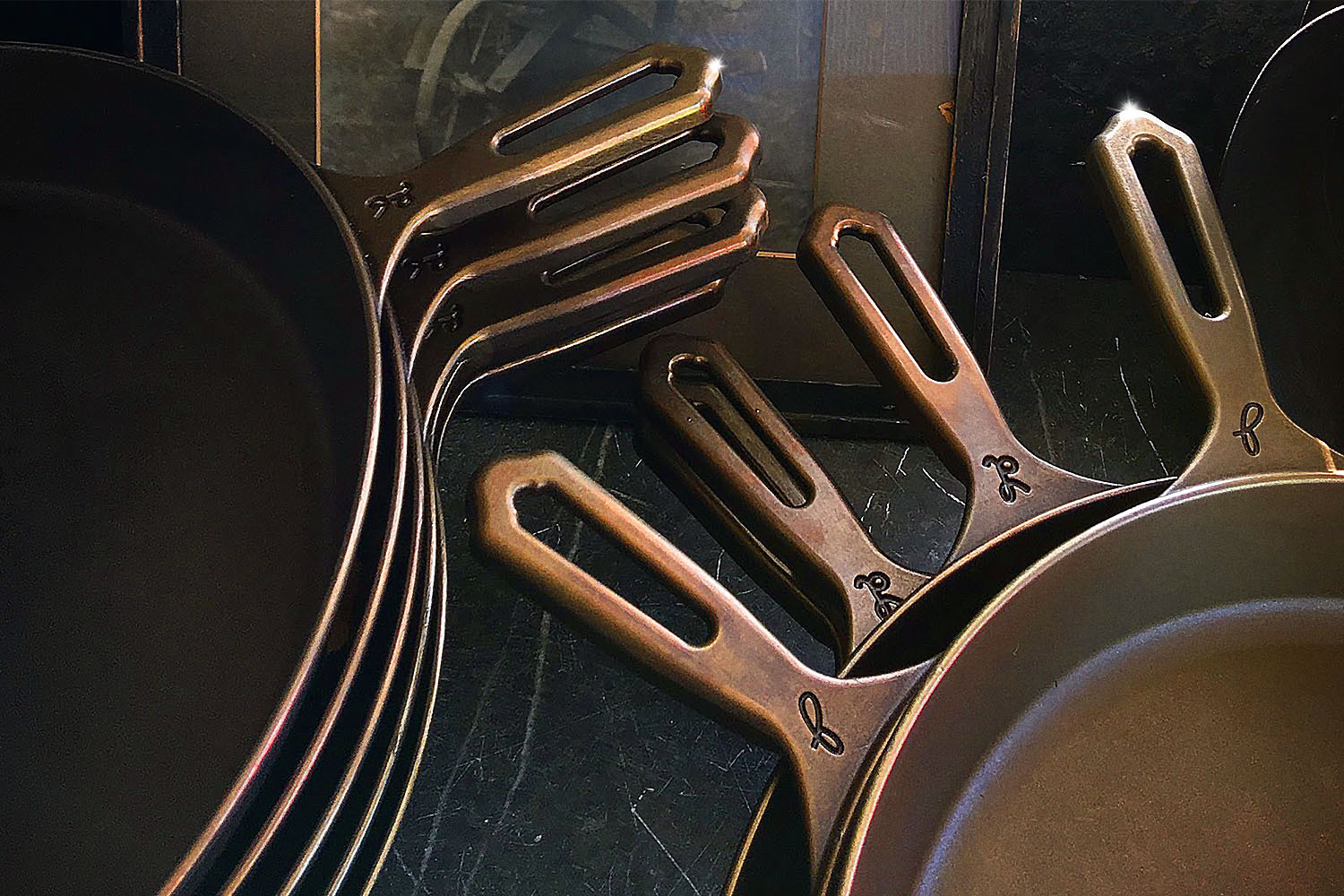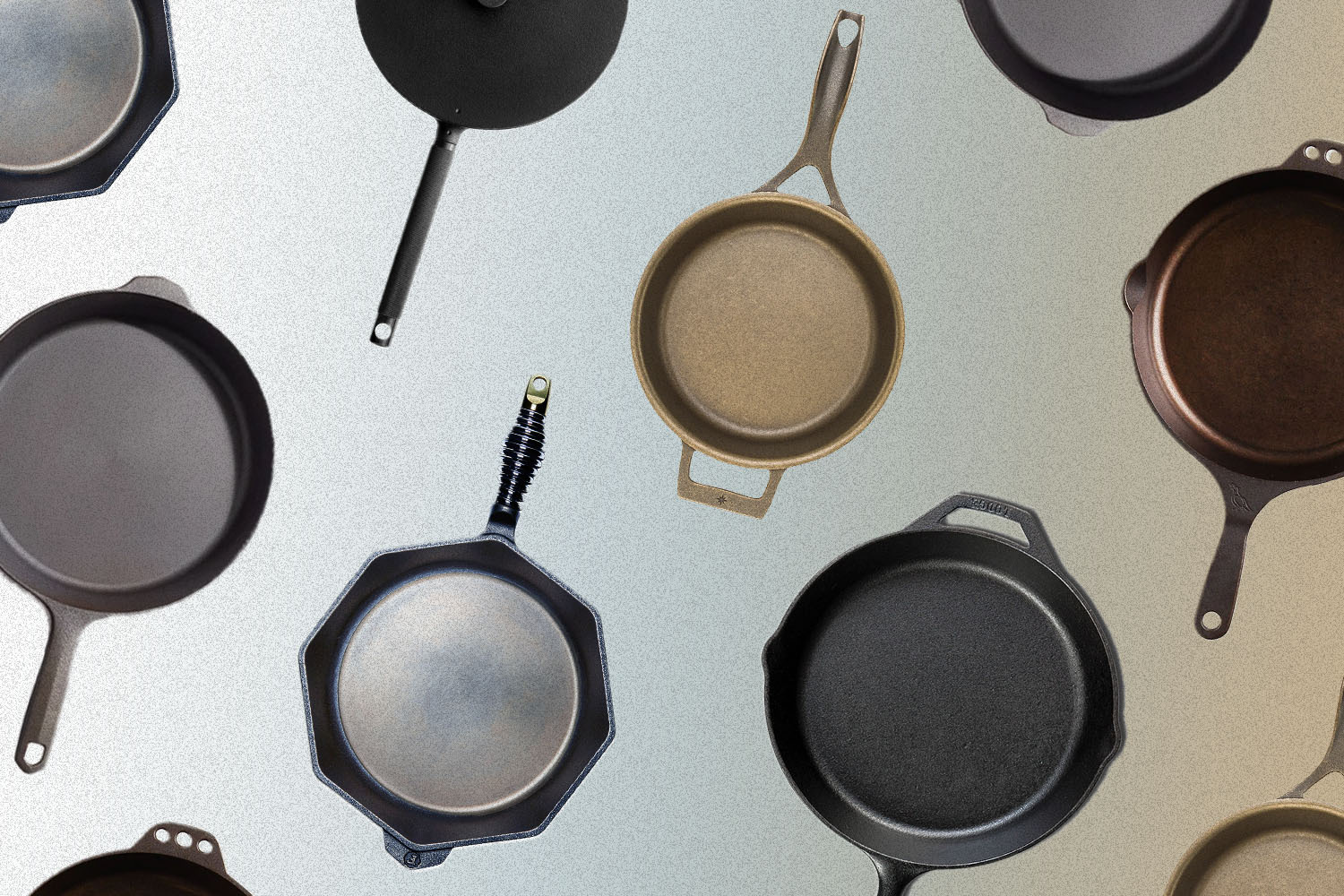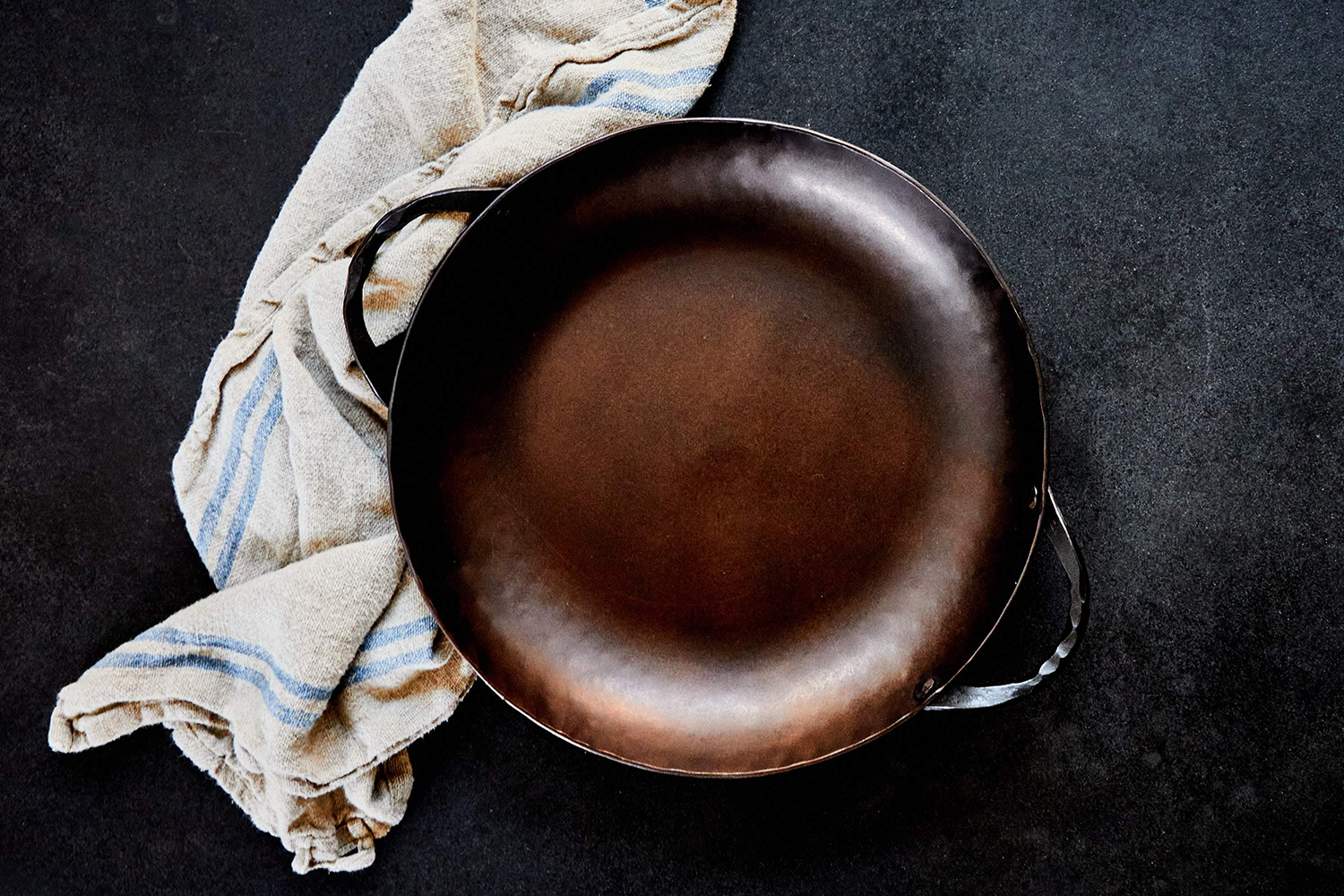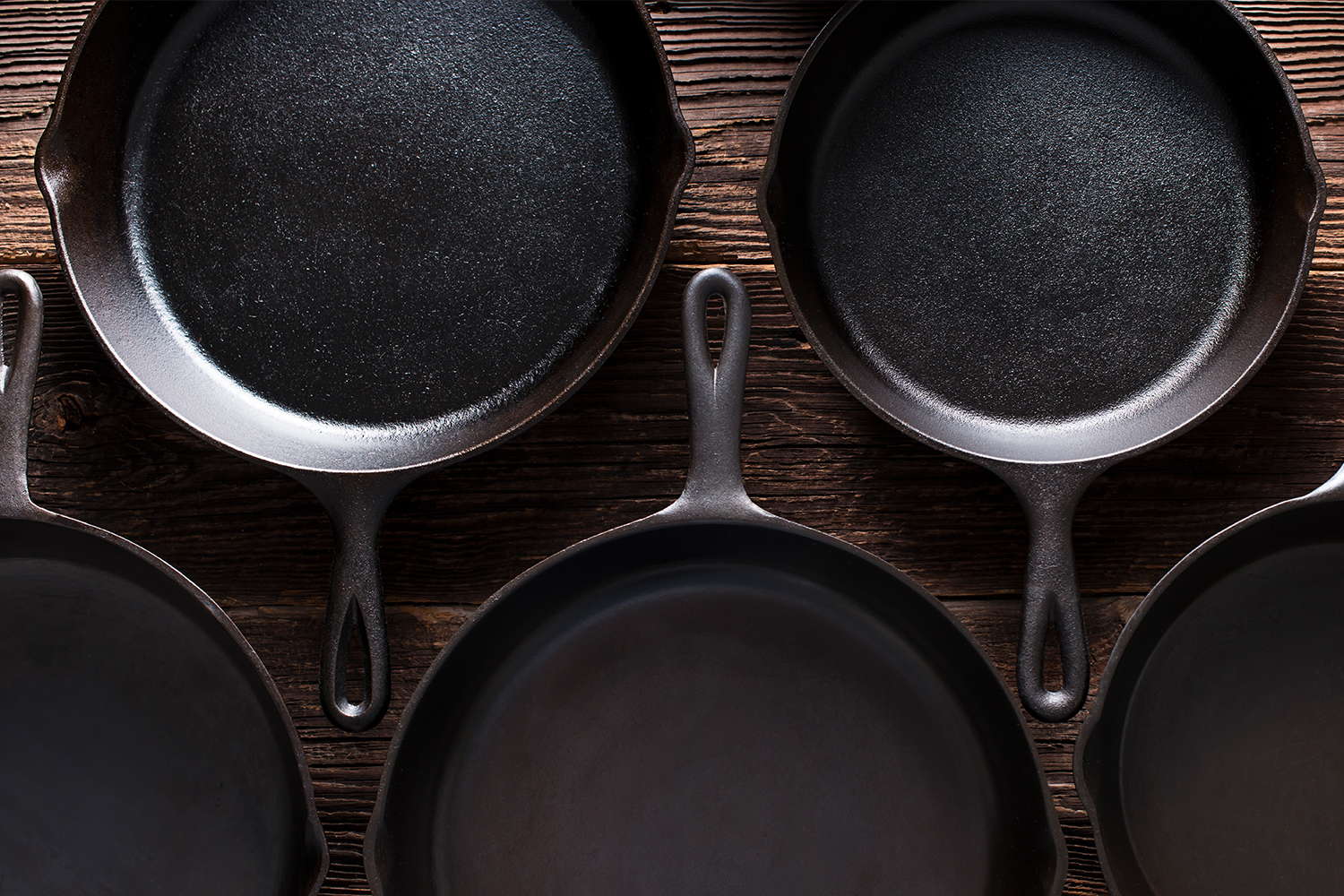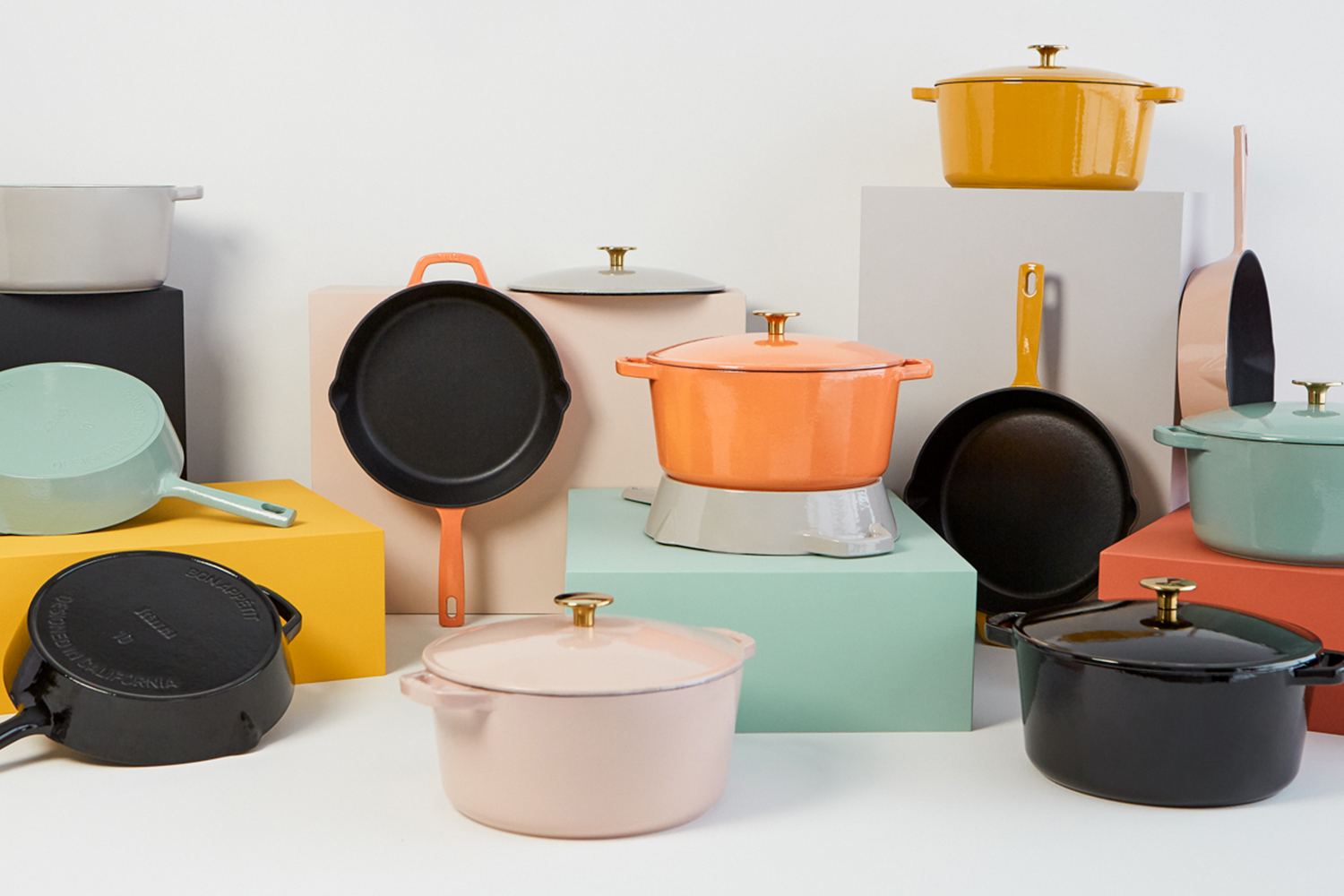Nota bene: All products in this article are independently selected and vetted by InsideHook editors. If you buy something, we may earn an affiliate commission.
Earlier this month, we told the story of a cast-iron company called Butter Pat Industries. Founder Dennis Powell recounted how accidentally breaking his grandmother’s skillet led him on a historical quest worthy of Nicolas Cage, a quest to revive a cast iron technique that goes back 100 years and had been all but lost in the race to mass production. He traveled to foundries across the U.S., spent $100,000 of his own money in the development process, eventually, and somewhat reluctantly, selling his final product to the public.
It’s a tale worth telling around a campfire, but do you, the regular home chef, actually need one of these obsessively designed odes to the past? To find out, I got my hands on a Joan, Butter Pat’s name for their 12-inch skillet (that is, 12-inch diameter but 10-inch cooking surface), and spent a couple months cooking everything with it, from eggs over easy to homemade cinnamon rolls to hand-shaped burgers.
First things first, the Joan costs $295. Yes, that’s $295 for a bare cast-iron skillet, one that, in silhouette, looks pretty much the same as the $30 one you can buy from Lodge. My interest in personally cooking with a Butter Pat pan was not only to figure out why there is such a huge price gap between these two, but to figure out why there’s such a huge gap between what reviewers think of Butter Pat. On one hand, The New York Times’ Wirecutter says a $50 Lodge is the best cast-iron pan, but says it’s “hard to justify” Butter Pat’s price point; on the other, Consumer Reports ranks the same model I tested above all other pans, including Lodge.
To get to the bottom of this, I first spoke with Powell to get some insight into the manufacturing process. Then I spent a couple months getting to know the ins and outs of the pan, whereas some reviews only spend a couple days or even a couple hours with them. After all that time, it became clear who these pans are for, and who may not be able to tell the difference.
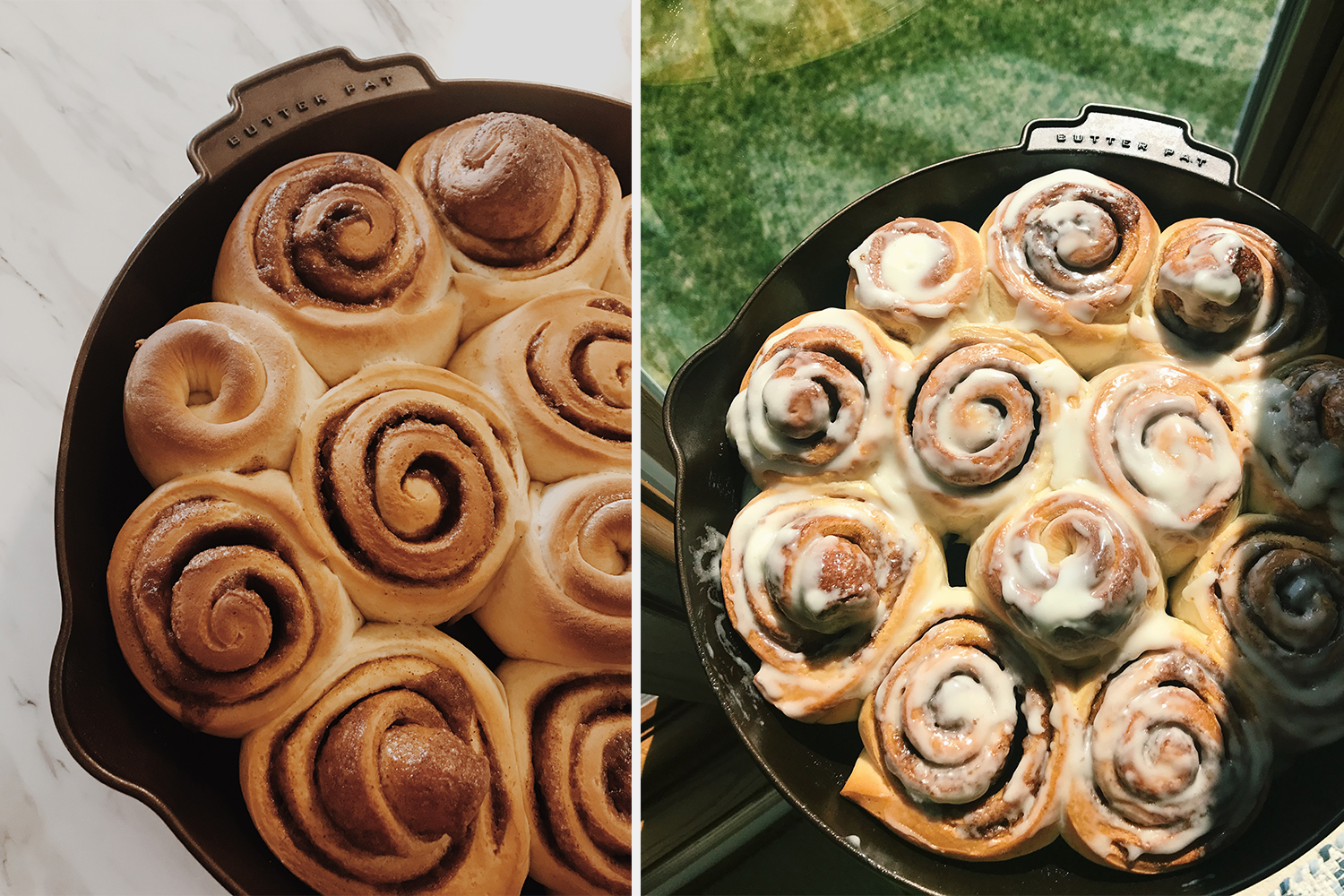
The Pros and Cons of Butter Pat Cast Iron
For what is purportedly a superlative cast-iron experience, simply looking at and handling a Butter Pat pan out of the box may not convey why it costs so much. It’s not particularly deep, for those who’d like to cook fried chicken or fry something else in oil, coming in at 1.875” high whereas a commensurate Smithey offers a 2.25” depth. When it comes to weight, a main criticism of cast iron, it is certainly lighter than most, but it’s not as light as Field Company. And the edges underneath the handle make it a little less comfortable to grip compared to the traditional smooth handle, and especially compared to the coiled stainless steel of Finex.
When you start cooking, however, those who fancy themselves home chefs may notice that the Butter Pat offers a more precise experience. Notably, the pan heats up and cooks evenly, offering great bakes, praiseworthy sears and an overall advanced level of performance from a piece of cookware that can often feel unnecessarily primitive. On this, both Wirecutter and Consumer Reports agree, the latter writing that Butter Pat was “the only cast-iron pan to earn a Very Good rating for cooking evenness.” This comes down to that proprietary manufacturing where the skillets are made without subtractive processes, meaning what you cook with is basically what comes out of the mold: thin walls, a thick base and a velvety finish. Most of the other higher-end cast-iron brands achieve a smooth cooking surface by grinding or otherwise machining the skillet, which can lead to an uneven pan (even if it looks completely flat and level to the naked eye). The precise, handmade construction here, which results in a near-perfect object, is the reason to pay $300.
There are trade-offs here, though. While making a panful of homemade cinnamon rolls one morning, I was astonished at the even bake and perfect color, and the ease with which they slipped out when it came time to eat. But I didn’t get a nonstick experience frying eggs (the standard cookware test), even with extra oil, though I have used machined pans that do offer equivalent performance to Teflon. There was also some sticking when cooking Impossible Burgers with fried onions. None of this sticking ruined the food, it just wasn’t consistently nonstick with a normal amount of fat, so don’t expect that.
Who Should (and Should Not) Buy a Butter Pat
I own a stovetop covered in ceramic glass. So yes, despite what you may have heard, just because you own an electric or induction cooktop doesn’t preclude you from using these smooth-bottomed skillets.
But if you’re immediately turned off by an expensive version of what many consider to be a humble piece of cookware, then Butter Pat is not for you. If you’re addicted to the Amazon Prime lifestyle and only want to order something online if it will show up within 48 hours, Butter Pat is not for you (because they have limited production, items are frequently on “pre-order” rather than “in stock”). Even if you’re simply looking for the best all-around cast-iron skillet, Butter Pat may not be for you either.
If someone asked me, is Butter Pat worth the money? I would say yes. But it requires the caveat that to pay the high price point and actually appreciate these pans, you need to be open to a few things: One, you need to be willing to forget what you know about cast iron and start from scratch, because the whole conversation around seasoning and cleaning is much different than Lodge and its ilk; two, you need to be willing to pay a premium to invest not only in American manufacturing, but the American ingenuity that led to the revival of what was essentially a lost art; and three, you need to appreciate the finer things in life, from the velvety finish to the letters engraved on the handles (we christened this the Patek Philippe of cast iron for a reason).
If you can do all that, welcome to the cult of Butter Pat.
Oh, and one more thing: They’ve got a 100-Year Warranty. You probably won’t find that elsewhere either.
We've put in the work researching, reviewing and rounding up all the shirts, jackets, shoes and accessories you'll need this season, whether it's for yourself or for gifting purposes. Sign up here for weekly style inspo direct to your inbox.
